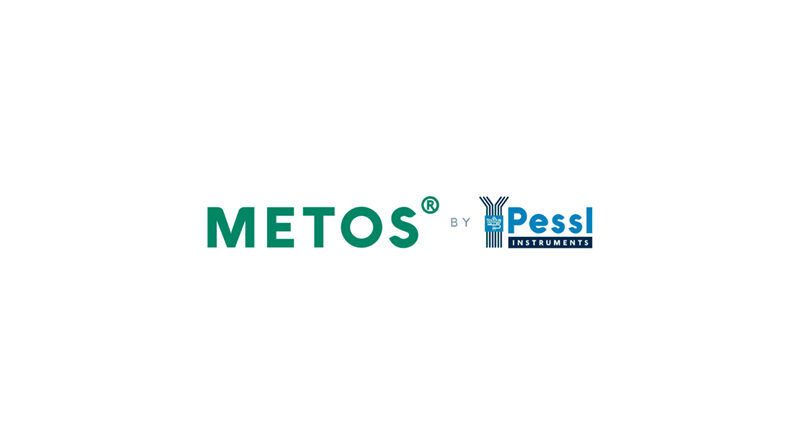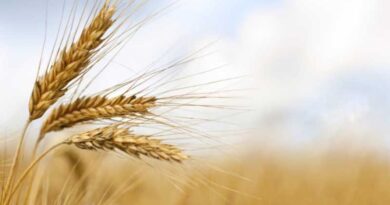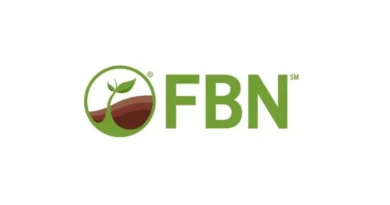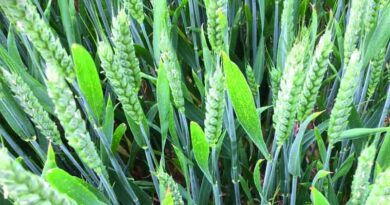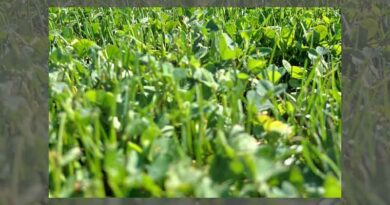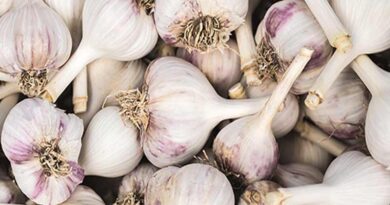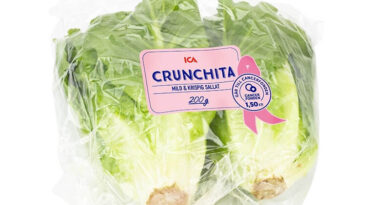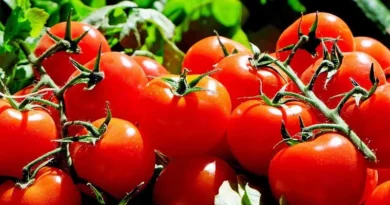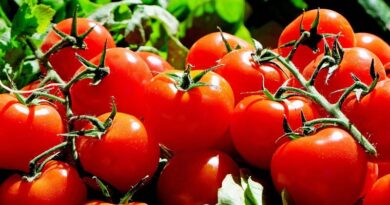WHAT IS… The impact of snow and cold on wheat production
22 January 2022, Austria: Snow and cold can be good for wheat production: snow provides moisture for the soil, while cold temperature can eliminate diseases or provide insulation to very cold temperatures.
»Climate change has already increased the occurrence of extreme temperature events, which has restricted the production and development of winter wheat.« (Zheng et al., 2018)
When dealing with winter wheat production, snow and cold temperatures can be more beneficial than rain in many ways as below the soil surface, freezing can help with production issues.
Despite the fact that nature seems peaceful, there’s quite a lot going on below the soil surface from what we can see – biologically. And although we can not see it, it can be of a great influence on wheat production in the spring season following winter.
The benefits of cold temperatures and snow on winter wheat production
- Cold temperatures can eliminate many damaging insects and pathogens.
- Snow is good!
- Moisture helps increase the root growth of winter wheat.
Wheat is adaptable to a broad range of moisture conditions:
- Wheat grows in areas with 250 – 1750 mm of rainfall.
- Optimal production requires an adequate source of moisture throughout the season.
- The root system can be up to 1.5 m in depth – depending on soil type.
- 70 % of water is from the upper half of the root system.
- Peak consumption is 8mm/day during grain development.
- Very tolerant to water stress.
Measure – monitor – manage
Technology in Agriculture can work only if:
- crop biology, climatic requirement and variety potential are known,
- pest and disease biology and pressure are known,
- meteorological conditions are known and
- soil quality & potential is known.
IoT decision support system
Weather stations and other sensors provide localized, site-specific actionable data for work planning. Having accurate, precise and reliable weather data is therefore crucial for successful wheat management and production.
It can be achieved with a perfect set-up of IoT solutions as they combine permanent observation and weather and soil data with which you’ll be able to fully implement nutrition management and plan the irrigation and chemical applications (fertilization & spraying), and also prevent crop losses due to possible plant diseases. The remote field monitoring devices provide field conditions, growth of the crop, weed development, phenological phases of plant development, etc., in various fields and consequently helps you save water, money and time.
And don’t forget about the proper storage of wheat (moisture and temperature) as the aeration and cold temperatures reduce the insects ability to reproduce.
Also Read: Union Budget 2022-23: Transformation Agriculture through irrigation and win back India’s farmer

